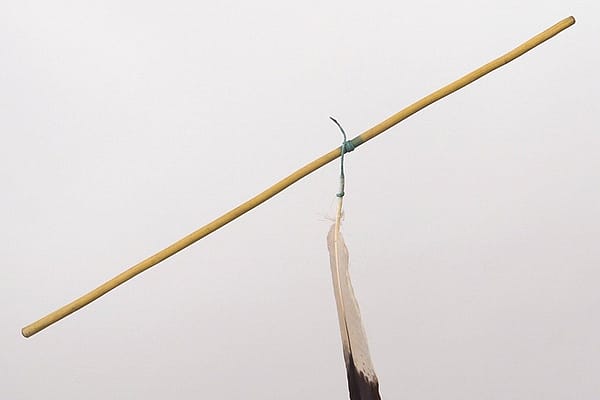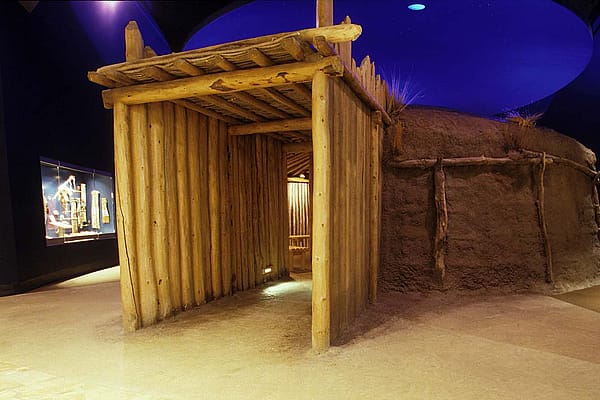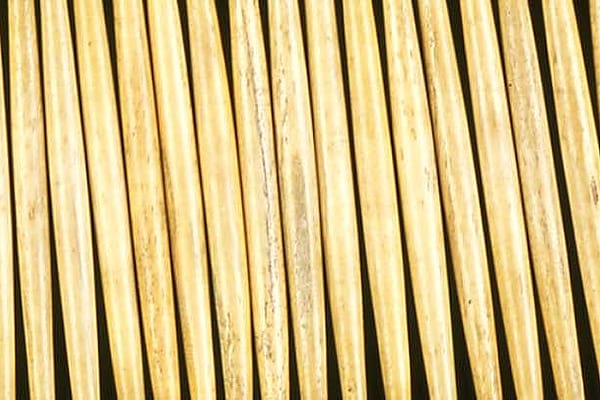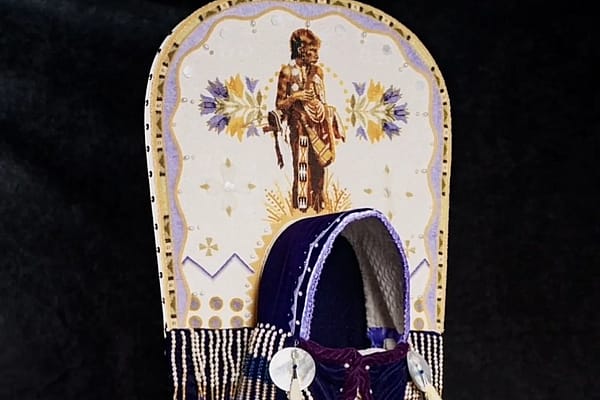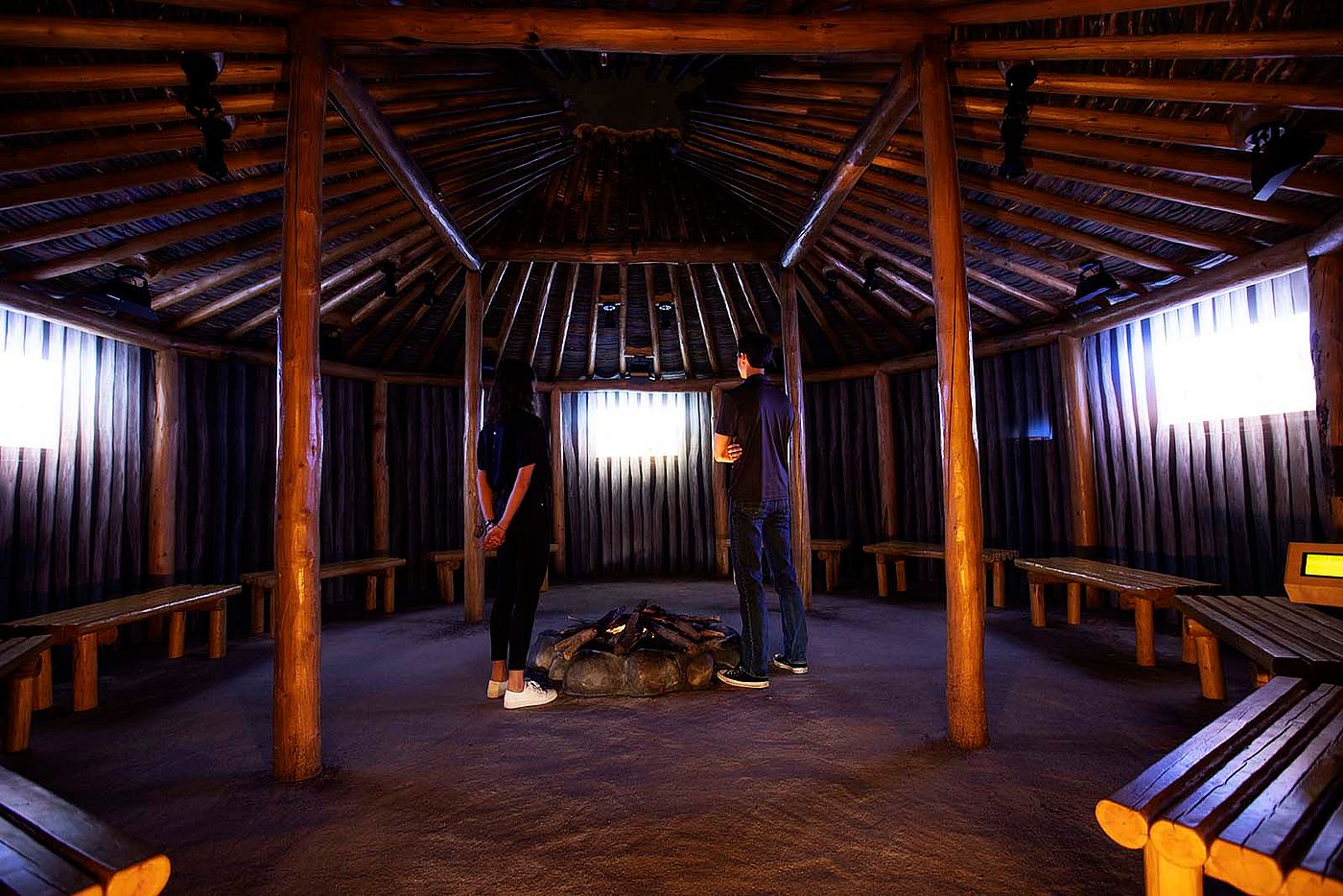
How NAGPRA Works in Museums
The Native American Graves Protection and Repatriation Act, or NAGPRA, and museums
After NAGPRA was passed into law in 1990, museums, universities and federal institutions (under the umbrella of NAGPRA) had three years to compile inventories and summaries of human remains and objects. These lists were sent to federally-recognized tribes and National NAGPRA in Washington, D.C. in order for those museums to remain in federal compliance. Once tribes were able to look at inventories and summaries, they would make their own list of human remains and objects to for possible repatriation.
Tribal NAGPRA or cultural heritage representatives would respond to contact from a museum’s NAGPRA specialist or liaison to set up a time for a tribal consultation at the museum. This process brought up questions of relevant parties—would the tribe simply send NAGPRA representatives, or would elders, families, and traditional religious figures in the community be included as well? Who would be representing the museum? Collections managers, curators, and interns? Should objects be placed on a table in a lab or workspace? Should they be in a public place in the museum? Who is allowed to touch objects during the consultation process? Should gloves for handling objects be present? These questions need to be asked to bridge the gap between best museum practices and respecting cultural sensitivity issues.
In my experience with NAGPRA consultations (as an intern and graduate research assistant), I recorded notes for the University of Colorado (Boulder) Museum of Natural History’s NAGPRA liaison and was present for a unique consultation at the Denver Museum of Nature & Science (DMNS). (I will keep the tribe names confidential going forward while describing the consultation process, since these items were not yet repatriated.) Here are my experiences:
A tribe’s cultural specialists came to Boulder to determine cultural affiliation of a single human tooth that had been collected in a small box with a rare Spanish coin and crushed abalone shells. This box had been acquired by the museum over 100 years ago with no accession information, and the presence of the shells suggested a California tribal affiliation. This tribe had responded to an inventory list compiled at the university. After an opening invocation, the table holding the box was encircled by the tribal representatives, the museum’s NAGPRA liaison, a collections manager, and two student note-takers. While one man spoke of the tribe’s oral history and legends, and the importance of human remains being buried on tribal land, the other researched the coin on his Smartphone and catalogued the exchanges. They decided they would claim the tooth, and no other tribes offered a counterclaim. After sending a Notice of Intent to Repatriate to the Federal Register, the notice would be published and would state that the human remain or object meets the definition set forth by National NAGPRA.
Another consultation process at DMNS involved a sacred medicine bundle and eagle feather war bonnet repatriation, but NAGPRA was not involved. The medicine bundle was needed for traditional adherence to an ongoing religious practice, and through research I found that the war bonnet was sold under duress by a woman who did not have the right of alienation. These objects belonged to a society of warriors, so they could not be sold by an individual. This is an example of objects of cultural patrimony.
Because the group requesting the consultation was a Canadian First Nation, NAGPRA did not apply. This First Nations group had American tribes in its confederacy, so DMNS sought to deaccession it out of the collection so it could eventually return to Canada. However, the presence of eagle feathers made international travel impossible because of restrictions on protected species. The four members of the First Nation performed a cedar-box smudging (a burning of sweetgrass) and prayed for those DMNS employees involved in the return of the objects. Eventually, the medicine bundle and war bonnet, according to the NAGPRA coordinator at DMNS, “were repatriated outside of NAGPRA [and] have now been transferred, with the assistance of a tribe in the U.S. that, via treaty, has the ability to legally move them across the border.”
I also helped with a repatriation, the final step in the NAGPRA process after the consultation and Notice of Intent to Repatriate. It concerned a Haida and Tlingit repatriation at the Field Museum of Natural History in Chicago. The tribes hailed from the Alaska panhandle and wanted a public documentation of the successful return of 44 sacred wooden pipes. The cultural resources specialist said a prayer in Haida and blessed the objects, and told them that they would be returning home.
Though I haven’t yet been part of consultations or repatriations at the Buffalo Bill Center of the West, we at the Plains Indian Museum are enthusiastic about working with tribal communities. The Curator of Plains Indian Cultures and the Plains Indian Museum, Rebecca West, says:
Consultation visits have always been welcome opportunities for Center staff and tribal representatives to connect. The objects are what bring everyone together for a time that is full of anticipation, emotion, and sharing of information. The tribal delegations that have visited sometimes consist of elders and multiple generations, both men and women, NAGPRA coordinators, tribal and spiritual leaders, historic preservation officers, and families. Center staff abides by the belief that the tribal delegations tell us how they would like to spend time with the objects, what they would like to see, and how much they wish to share with us.”



